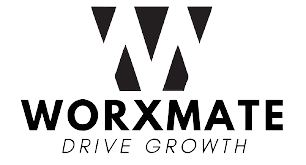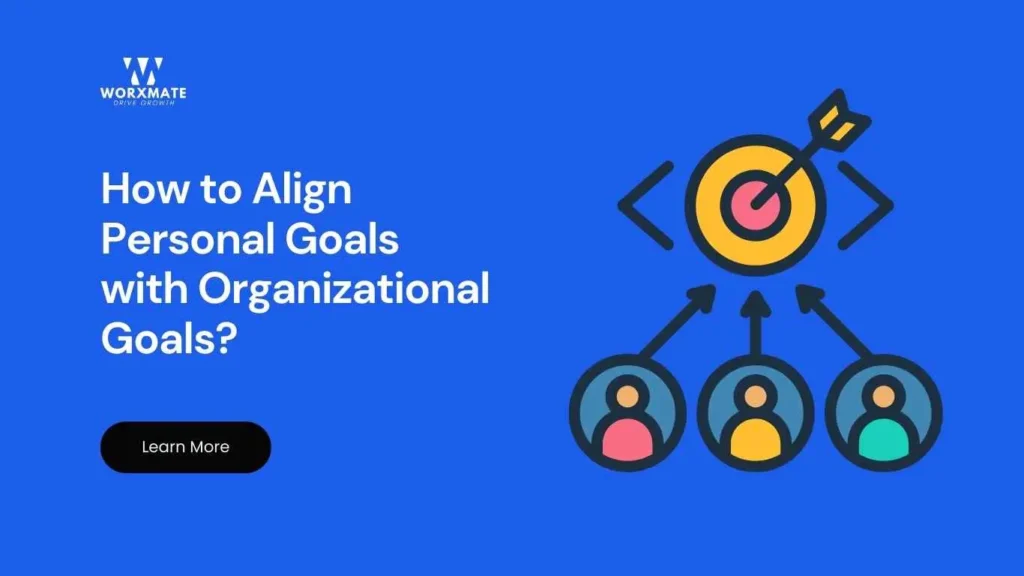Summary:
Aligning personal goals with organizational goals creates a powerful synergy where individual aspirations directly contribute to company success. This strategic approach involves understanding company objectives, communicating effectively with managers, and adapting personal development plans to support broader business outcomes. When executed properly, goal alignment increases employee engagement, improves performance, and drives organizational growth while helping employees achieve meaningful career advancement.
Have you ever wondered why some employees seem naturally motivated while others struggle to find purpose in their work?
The secret often lies in how to align personal goals with organizational goals examples that create meaningful connections between individual aspirations and company objectives. When employees see a clear path from their personal development to organizational success, magic happens.
This alignment isn’t just beneficial for companies—it’s transformative for individuals too. Research shows that employees whose personal goals align with organizational objectives are 3.5 times more likely to be engaged at work and demonstrate 40% higher performance levels.
Whether you’re an employee seeking career growth or a manager looking to boost team performance, understanding practical examples of goal alignment can revolutionize your approach to professional development.
Understanding the Connection Between Personal and Organizational Goals
What Makes Goals Align Successfully?
Personal goals focus on individual growth, career advancement, and life aspirations, while organizational goals center on company performance, market expansion, and operational excellence. The key to successful alignment lies in finding the intersection where these two sets of objectives support each other.
Consider this simple example: If an organization aims to improve customer satisfaction scores, an individual’s goal to develop better communication skills directly supports this objective. The employee gains valuable skills while contributing to company success.
The Win-Win Nature of Goal Alignment
When personal and organizational goals align effectively, it creates what experts call a “synergistic effect”. This means:
- For individuals: Enhanced job satisfaction, clearer career paths, and accelerated skill development
- For organizations: Improved employee engagement, better performance outcomes, and reduced turnover
- For teams: Stronger collaboration, shared accountability, and collective success
Key Strategies for Effective Goal Alignment
Strategy 1: Know Yourself and Your Company
The foundation of successful goal alignment starts with understanding both your personal aspirations and your company’s direction. Here’s how to approach this:
Understand Your Company’s Vision:
- Research your organization’s core values, mission and vision,
- Identify how your role contributes to broader company objectives
- Stay informed about strategic priorities and upcoming initiatives
Connect Your Goals to Company Objectives:
- Map your skills and interests to organizational needs
- Set personal objectives that directly support company goals
- Track how your achievements contribute to overall success
Strategy 2: Master the Art of Communication
Effective communication with your manager is crucial for successful goal alignment. This involves:
- Sharing your aspirations: Be transparent about your career goals and development interests
- Seeking guidance: Ask for insights into how your role fits the bigger picture
- Regular check-ins: Schedule consistent conversations about progress and alignment
- Active listening: Pay attention to feedback and adjust accordingly
Strategy 3: Embrace Flexibility and Adaptability
The business landscape constantly evolves, making flexibility essential for maintaining goal alignment. Successful professionals:
- Stay informed about company changes and market shifts
- Communicate openly about new priorities and directions
- Prioritize effectively when objectives change
- View changes as opportunities for growth and skill development
Real-World Examples of Successful Goal Alignment
Example 1: Marketing Manager in Sustainable Fashion
Company Goal: Become the leading sustainable fashion brand
Individual Goals:
- Increase brand awareness among environmentally conscious consumers
- Develop marketing campaigns highlighting sustainable practices
- Build partnerships with eco-friendly influencers
This alignment allows the marketing manager to advance their career in sustainable marketing while directly supporting the company’s mission.
Example 2: Sales Representative Revenue Growth
Company Goal: Increase annual revenue by 20%
Individual Goals:
- Improve sales performance and close more deals
- Develop advanced negotiation skills
- Build stronger client relationships
The sales representative gains valuable skills and potential for promotion while directly contributing to company financial objectives.
Example 3: Tech Startup Pivot Adaptation
When a food delivery startup pivoted to meal-kit services, their marketing manager successfully realigned goals by:
- Researching the new market landscape
- Communicating openly with supervisors about role changes
- Shifting focus to meal-kit marketing strategies
- Embracing the change as a skill development opportunity
Case Study: How Rich’s Food Services Aligned Personal and Organizational Goals
Rich’s Food Services, a global leader in food solutions, faced a challenge: employees felt disconnected from the company’s strategic objectives, resulting in low engagement and slow innovation.
According to a Harvard Business Review case, only 38% of staff could link their daily work to organizational goals, and engagement lagged behind industry benchmarks.
To address this, Rich’s partnered with Gartner to implement a bottom-up goal alignment model.
Employees were given access to a transparent portal outlining company priorities and used digital tools to map their personal strengths to these objectives. Cross-functional teams validated proposed goals, ensuring both relevance and buy-in.
The results were dramatic. Within a year, employee engagement soared from 58% to 89%, and strategy comprehension rose to 92%. The company also saw a 147% increase in innovation projects and a 63% reduction in high-potential employee turnover. As Rich’s CEO noted, “Our people became true partners in driving both personal and organizational success.”
This case, supported by Gartner and Harvard Business Review, proves that empowering employees to align their personal goals with organizational priorities can unlock engagement, innovation, and business growth.
Overcoming Common Challenges in Goal Alignment
Challenge 1: Poor Communication
Solution: Establish regular dialogue between employees and managers. Create structured check-ins focused specifically on goal alignment and progress discussion.
Challenge 2: Unclear Organizational Goals
Solution: Organizations must clearly articulate their vision, mission, and strategic priorities. Provide accessible documentation and regular updates about company direction.
Challenge 3: Resistance to Change
Solution: Foster a culture of adaptability by highlighting the benefits of flexibility and providing support during transitions. Celebrate successful adaptations to encourage others.
Challenge 4: Lack of Visibility
Solution: Implement systems that make goals visible across the organization. When teams can see how their objectives connect with others, collaboration improves significantly.
Conclusion
Mastering how to align personal goals with organizational goals examples creates a powerful foundation for both individual success and company growth.
By understanding your organization’s vision, communicating effectively with managers, and maintaining flexibility as priorities evolve, you can create meaningful connections between your aspirations and business objectives.
The examples and strategies outlined above demonstrate that successful goal alignment isn’t just possible—it’s essential for thriving in today’s dynamic workplace. When employees see clear pathways from their personal development to organizational success, everyone wins.
Ready to transform your goal alignment strategy? Worxmate’s comprehensive OKR software makes it easy to connect individual objectives with organizational priorities.
Our platform offers the visibility, tracking, and communication tools needed to ensure perfect alignment at every level of your organization. Book a free 30-minutes OKR demo and discover how seamless goal alignment can drive exceptional results for your team.



